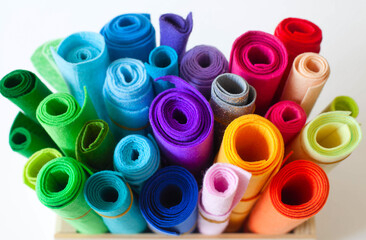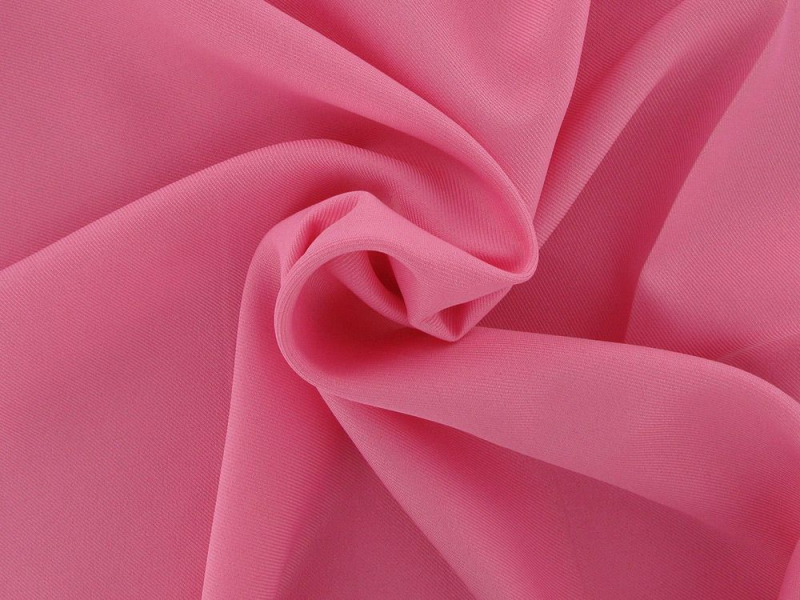From Work Clothes to Fashion Staple: A Brief History of Denim
Denim is a sturdy cotton twill fabric that is a popular choice for making jeans and other clothing items. The fabric has a distinctive blue color that is achieved through a dyeing process called indigo dyeing. Denim has a long and fascinating history that dates back to the 18th century.
The origins of denim can be traced back to the city of Nîmes in France, where the fabric was originally called "serge de Nîmes." This fabric was made from a type of wool called serge, which was a rough and durable fabric that was popular for making work clothes. In the early 19th century, denim was made from a blend of cotton and wool, which made it more comfortable to wear in hot weather.
In the mid-19th century, Levi Strauss, a German immigrant to the United States, started selling denim clothing to miners and other workers in the American West. Strauss saw the potential for denim as a durable fabric for making work clothes, and he started his own company to manufacture and sell denim clothing. His company, Levi Strauss & Co., is still in business today and is known for its high-quality denim jeans.
Denim became popular among the youth culture in the 1950s and 1960s, when it was associated with rebelliousness and counterculture. In the 1970s, designer Calvin Klein popularized the use of denim in high fashion, and it became a staple of the fashion industry. Today, denim is worn by people of all ages and is a popular choice for casual and fashionable clothing.
There are many different types of denim, including raw denim, which is denim that has not been washed or treated after it has been dyed. This type of denim is stiff and can take a long time to break in, but it becomes softer and more comfortable over time as it is worn and washed. Raw denim is often considered to be of higher quality because it has not been treated with chemicals and has a more natural, authentic look. Many denim enthusiasts prefer raw denim because they enjoy the process of breaking in the fabric and creating their own unique fades and wear patterns.
There is also stretch denim, which is made from a blend of cotton and spandex or other stretchy fibers. This type of denim is more comfortable to wear and has a more flexible fit, making it popular for leggings and other snug-fitting clothing items. Selvedge denim is another type of denim that is made on old-fashioned shuttle looms and has a finished edge that does not unravel. Selvedge denim is often considered to be of higher quality because it is made on a slower and more labor-intensive process, and it has a tighter, denser weave that is more durable and resistant to fraying.
In recent years, there has been a movement towards sustainable and eco-friendly denim production. Many companies are using organic cotton and using processes that use less water and chemicals in the production of denim. There are also companies that offer denim recycling programs, which allow customers to bring in their old denim jeans to be recycled into new products. These programs help to reduce the environmental impact of denim production and reduce waste in the fashion industry.
Denim has come a long way since its origins in Nîmes, France. It has evolved from a fabric used for work clothes to a fashion staple that is worn by people of all ages and styles. Despite its popularity, denim has not lost its association with durability and ruggedness, and it continues to be a popular choice for clothing that is meant to withstand rough treatment and last for many years. Whether you are a denim enthusiast who loves raw and selvedge denim, or you just enjoy the comfort and versatility of stretch denim, there is a type of denim that is perfect for you.






